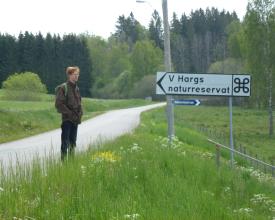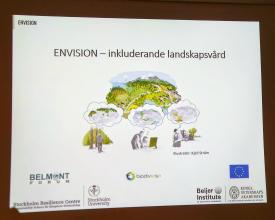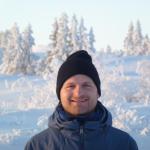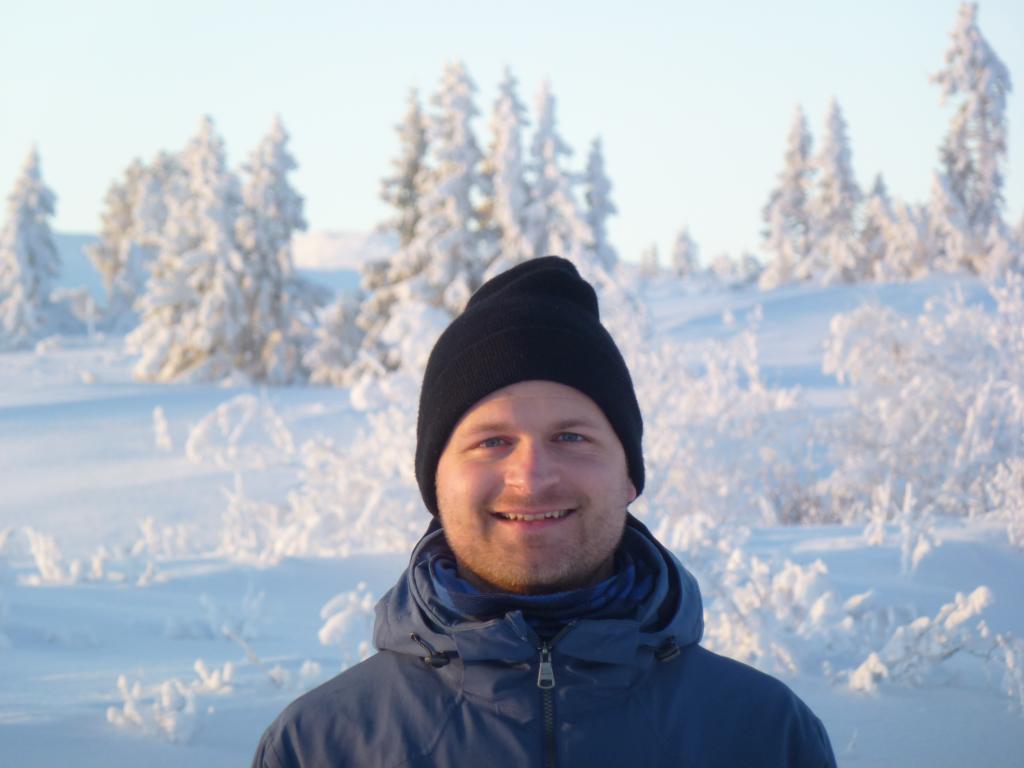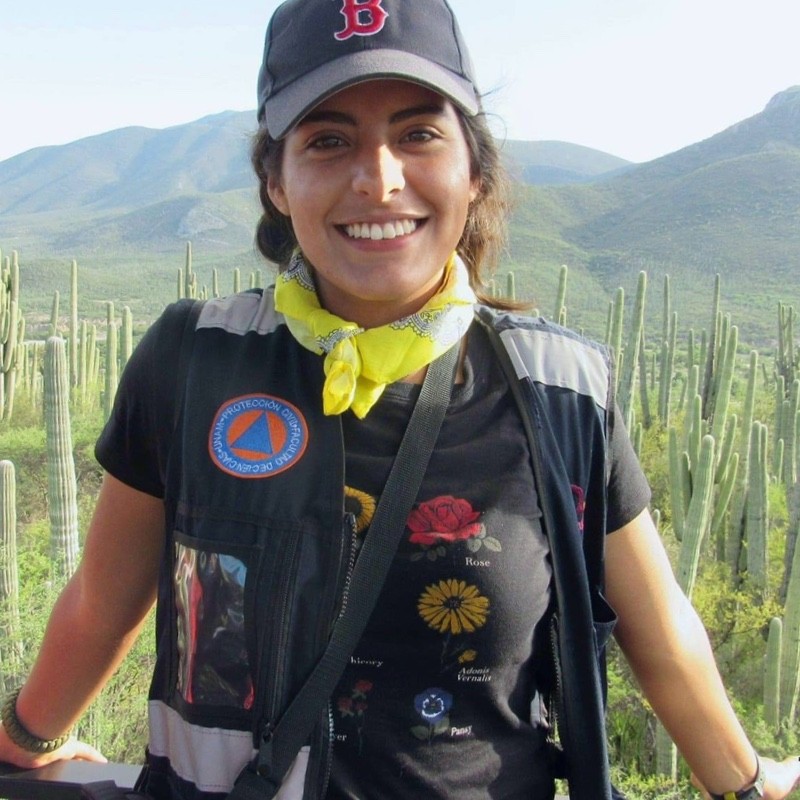
Renforcer les capacités pour une conservation résiliente et inclusive des paysages culturels
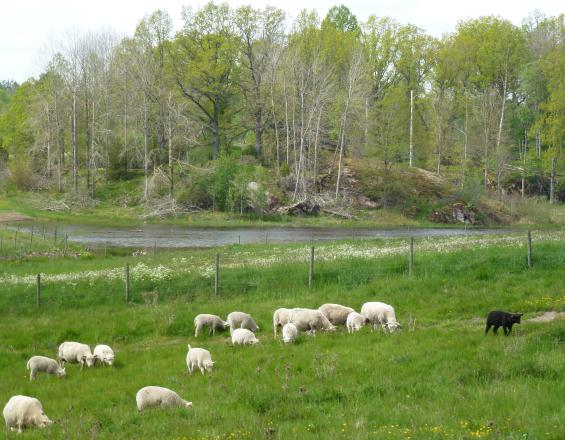
Dans les paysages mixtes définis par des utilisations coexistantes des terres, la qualité du paysage est le résultat d'une confluence d'actions menées par des acteurs locaux dont les besoins, les intérêts et les désirs sont divers, en constante évolution et potentiellement conflictuels. Nous présentons une approche visant à renforcer la capacité des acteurs locaux à développer des stratégies collectives pour faire évoluer le système vers une vision large définie collectivement. L'approche présentée est adaptée d'une évaluation participative de la résilience et comprend une série d'ateliers et de réunions. Le processus commence par un inventaire de base qui met en évidence les valeurs, les connaissances, les problèmes et les préférences des populations, ainsi que l'identification de stratégies de gestion alternatives et de leurs actions. Cet inventaire alimente une délibération sur la manière dont de multiples stratégies parallèles peuvent coexister, se compléter ou se remplacer, et peuvent être coordonnées pour maintenir la qualité globale du paysage. Nous avons piloté cette approche dans la réserve naturelle de Västra Hargs Lövskogar en Suède.
Contexte
Défis à relever
La réserve naturelle de Västra Hargs Lövskogar et le paysage mosaïque qui l'entoure sont définis par des bords et des frontières plus ou moins visibles qui séparent et relient simultanément les différentes parties du paysage. Cette diversité est à la fois source d'une grande richesse et de tensions et de conflits entre des intérêts et des valeurs qui coexistent. La gouvernance intrinsèquement partagée du paysage est confrontée à un certain nombre de défis : les forêts de chênes se dégradent lentement tandis que les anciens pâturages sont confrontés au boisement et que le changement climatique accroît les risques de sécheresse et d'incendies de forêt. En outre, les espèces nuisibles telles que le scolyte de l'épicéa et les sangliers sauvages donnent lieu à des conflits sur la gestion des terres, tandis que les intérêts économiques de la sylviculture et de l'agriculture divergent des intérêts récréatifs et des objectifs de conservation de la biodiversité à long terme. Ces défis interdépendants nécessitent une approche globale de la gouvernance des paysages qui renforce la capacité collective à gérer les conflits, les incertitudes et les besoins futurs.
Emplacement
Traiter
Résumé du processus
L'ensemble des éléments constitutifs façonne le processus de renforcement de la capacité collective de gestion des paysages culturels au fil du temps.
Blocs de construction
Cadre d'orientation et processus d'apprentissage : relier les éléments constitutifs et les stratégies de liaison
Savoir ce qu'il faut savoir sur son système est le point de départ et le cadre constant d'un processus d'apprentissage ciblé. Le cas de Västra Harg s'est inspiré de l'évolution récente de la réflexion sur la résilience et la diversité des parcours pour introduire une approche visant à renforcer la capacité des acteurs du système à faire face aux changements et à faire évoluer le système vers une vision commune.
Facteurs favorables
- Théorie, expérience en matière d'analyse des systèmes, descriptions d'études de cas riches et documents de référence.
- Ensemble, les éléments 2 à 5 soutiennent un processus de connaissance commun qui renforce les capacités individuelles et collectives et, par conséquent, l'action.
- Modes d'engagement itératifs avec une facilitation active.
- Des sources multiples de preuves et de connaissances.
Leçon apprise
- Le cadre conceptuel avec lequel vous commencez doit être suffisamment souple pour permettre des changements et des ajustements afin de s'adapter au contexte local. Un processus d'apprentissage exploratoire et délibératif signifie que vous ne savez pas exactement à l'avance quels seront les points centraux - le cadre et les points de discussion se développent au cours du projet.
- Unplus grand nombre d'itérations permet une meilleure validation, davantage d'occasions de trianguler et d'approfondir les questions. La combinaison des éléments de base offre la possibilité de plusieurs itérations, en fonction du temps et des intérêts des parties prenantes. De cette manière, le processus de Västra Harg a soutenu un dialogue à plusieurs forums entre la recherche et la pratique.
- Pour une collaboration fructueuse, il est important de clarifier dès le départ les attentes concernant les rôles et les résultats et de formuler une intention claire concernant le processus, qui réponde à la fois à vos propres intérêts et à ceux du partenaire. L'approche décrite ici a un objectif spécifique - identifier, décrire et relier les différentes stratégies qui pourraient contribuer à une conservation inclusive - et cela doit être clair.
Création d'une base de référence spatiale pour comprendre les connaissances et les valeurs potentiellement divergentes des parties prenantes et des résidents locaux
Nous avons recueilli des informations de base par le biais d'une vaste enquête auprès des habitants de la région.
Facteurs favorables
Une enquête SIG sur la participation du public (PPGIS) a examiné la relation entre les menaces perçues et les préférences en matière de gestion du paysage, les connaissances autodéclarées sur les questions environnementales et les valeurs du paysage. Les personnes interrogées ont été invitées à indiquer les endroits du paysage qu'elles considèrent comme précieux pour des raisons instrumentales, intrinsèques et relationnelles. Ces points ont été collectés pour visualiser les points névralgiques des valeurs.
Leçon apprise
- Les valeurs instrumentales sont largement réparties géographiquement, tandis que les valeurs relationnelles et intrinsèques des villes et des sites Natura 2000 se chevauchent largement.
- Des niveaux élevés de connaissance des questions de gestion du paysage peuvent être liés aux valeurs attribuées au paysage local. Par exemple, les personnes les mieux informées sur la gestion des sangliers sont plus susceptibles d'attribuer une identité personnelle au paysage.
- Des valeurs multiples peuvent à la fois se renforcer mutuellement et conduire à des conflits de valeurs qui doivent être gérés.
- L'analyse collaborative des connaissances et des valeurs et de leurs liens complexes autour des défis et des solutions liés au paysage est donc au cœur de notre approche inclusive de la conservation.
Préférences, priorités, identification des problèmes et ébauches de solutions - cartographie des connaissances du système, des connaissances cibles et des connaissances transformatrices
Obtenir des perspectives et une compréhension des systèmes de la part d'un groupe plus large de personnes de manière systématique afin de mieux comprendre les questions clés autour desquelles le processus s'articule. Les questions clés sont des points d'entrée utiles pour commencer à enchevêtrer les dynamiques du système - Quels sont les points d'entrée utiles dans votre cas et pour qui ? Cette phase pose également la question de savoir ce que les parties prenantes savent déjà du système et quelles sont les incertitudes selon les parties prenantes.
Facteurs favorables
- L'enquête itérative en ligne permet de synthétiser les connaissances existantes sans se rencontrer, en ligne ou en personne.
- La conception de l'enquête Delphi permet de contourner les difficultés liées aux préférences des différents acteurs quant à la manière de collaborer, à l'importance qu'ils accordent aux différentes questions et aux circonstances pratiques de leur participation (par exemple, sur le plan professionnel ou privé). Ces différences peuvent rendre difficile (voire impossible) la recherche d'un format, d'un moment, d'un sujet et d'une langue qui conviennent à tous.
Leçon apprise
- Des activités complémentaires, telles que des entretiens ouverts ou des discussions avec un groupe de référence non impliqué dans l'enquête, peuvent aider à clarifier les informations dont vous disposez et celles qui manquent.
- Il est difficile de trouver une vision unifiée et spécifique pour un paysage complexe. L 'identification de multiples points d'intérêt commun et d'un objectif général tel qu'une "campagne vivable" peut servir de point de départ plus réalistepour aller de l'avant.
Ressources
Espace de réflexivité
Une approche diagnostique et réflexive sur les valeurs, les connaissances et les attentes au niveau individuel est une base utile pour préparer les interactions de groupe et pour équilibrer la représentativité et les synergies dans des contextes pluralistes.
Facteurs favorables
- Rencontrer les individus "là où ils sont" et les encourager à réfléchir à ce qu'ils apporteraient (en termes de valeurs défendues et de connaissances) dans un contexte de délibération de groupe peut renforcer leur engagement à long terme et contribuer à renforcer la capacité collective de gestion des paysages en mosaïque ;
- De même, le fait de demander d'emblée aux participants qui seront engagés dans la cocréation de connaissances ce qu'ils attendent du processus, c'est-à-dire la gestion des attentes, peut accroître la participation.
Leçon apprise
- Dans les situations de pluralité des valeurs et de prise de décision participative, il est plus approprié d'adopter une approche adaptative et réflexive qui reconnaît que les connaissances sont entrelacées avec les valeurs et qu'elles se cocréent mutuellement ;
- Pour naviguer entre consensus, dissensus et inclusivité dans les paysages multifonctionnels, il est utile de planifier un processus de collaboration qui alterne entre la construction du consensus et la reconnaissance de la pluralité; en d'autres termes, l'obtention d'un consensus ne doit pas se faire au détriment de l'exclusion de certains points de vue. Cela doit être mentionné de manière transparente, car l'accord peut ne pas être favorisé par rapport à l'expression de la pluralité des valeurs ;
- Une enquête réflexive individuelle sur les valeurs et les connaissances peut constituer un élément pertinent de la planification d' un processus de collaboration en plusieurs étapes en vue d'obtenir des résultats en matière de durabilité.
- Des approches plus réflexives de la gestion des zones protégées peuvent améliorer les processus inclusifs en permettant la coexistence de différents systèmes de valeurs et de connaissances.
Construire une agence grâce à la co-création de connaissances facilitée
Après l'évaluation de base, le processus de délibération et de co-apprentissage doit évoluer vers un processus continu à long terme avec des réunions récurrentes. Il peut s'agir de changer les rôles et d'encourager les parties prenantes à s'approprier le processus et à en prendre la direction. Pour que cette transition se fasse en douceur, elle doit être abordée dès le début du processus.
Facteurs favorables
- Familiarisation croissante avec les plateformes et les outils en ligne.
- Création et utilisation d'objets frontières (cartes mentales, diagrammes de système, panneaux d'affichage).
- Des protocoles clairs pour la gestion et le partage des données sont nécessaires, et la dynamique de groupe et les désaccords potentiels doivent être gérés. Il est donc essentiel, pour la réussite du processus, que l'équipe centrale ait des compétences et de l'expérience en matière de conception de processus, de facilitation et de communication, et que ces différents rôles soient répartis entre les membres de l'équipe centrale.
Leçon apprise
- Surtout si vous êtes un acteur "externe", il est inestimable de trouver des collaborateurs locaux qui partagent les mêmes intérêts et qui sont prêts à investir du temps.
- Commencez par les stratégies existantes ou les actions dans lesquelles les participants se voient s'engager. Commencer par quelque chose de plus "concret" aidera les gens à réfléchir et à penser au-delà de leur réalité actuelle.
- Concevoir et planifier des exercices avec les principales parties prenantes et les partenaires locaux peut faciliter le processus.
- En raison des différences entre les acteurs, il est difficile (voire impossible) de trouver un format, une heure, un sujet et une langue qui conviennent à tous. Il est recommandé de mener au moins une partie du processus dans des groupes de discussion parallèles afin de pouvoir approfondir certains sujets qui pourraient ne pas être pertinents pour l'ensemble du groupe.
- Les petites choses sont importantes, comme l'envoi de courriels individuels aux personnes concernées et adaptés à leur travail, la recherche d'occasions de se rencontrer en personne ou de participer à des événements externes organisés par les participants à votre processus.
Ressources
Impacts
Des dizaines d'acteurs locaux et de parties prenantes se sont activement engagés dans notre processus et ont ainsi acquis une meilleure compréhension des défis actuels et futurs, et de la manière dont ils font tous partie de la solution. Inspiré par cet engagement, un nouveau conseil de gestion de la zone protégée a été mis en place, où les différents acteurs peuvent se réunir régulièrement pour coordonner et planifier l'avenir.
Bénéficiaires
La réserve est située au milieu d'un gradient de transition entre l'agriculture intensive et les forêts denses. Les bénéficiaires sont les propriétaires fonciers et les petites entreprises (agriculture et sylviculture), les résidents, les visiteurs, etc.
Objectifs de développement durable
Histoire
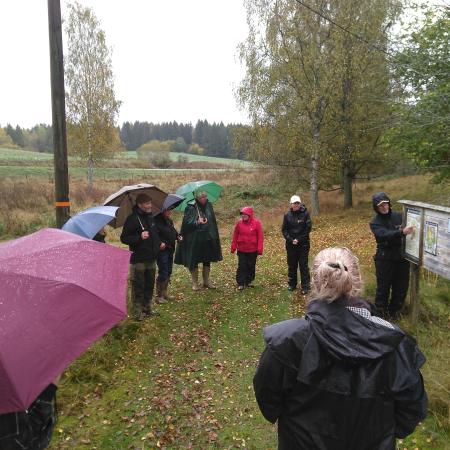
Thomas Johansson, directeur de la réserve naturelle Västra Hargs Lövskogar, avait depuis longtemps l'idée de créer un conseil de gestion local à Västra Harg. Les propriétaires fonciers, les organisations locales et les agriculteurs sont tous impliqués dans l'utilisation et la gestion de la zone et ont besoin de coordonner leurs activités. En octobre 2020, un atelier ENVISION a rassemblé des acteurs locaux et régionaux pour discuter de la manière de maintenir et de développer les valeurs du paysage en mosaïque qui englobe le village de Västra Harg et la zone protégée. Au cours de l'atelier, l'esprit de collaboration de la communauté locale s'est manifesté et a permis de donner un élan supplémentaire. En mars 2021, Thomas et ses collègues ont organisé une première réunion au cours de laquelle il a été décidé de former un nouveau conseil de gestion pour la zone protégée, où les différents acteurs peuvent se réunir régulièrement pour coordonner et planifier l'avenir. (L'équipe de chercheurs Envision espère pouvoir continuer à suivre ce nouveau développement passionnant).


